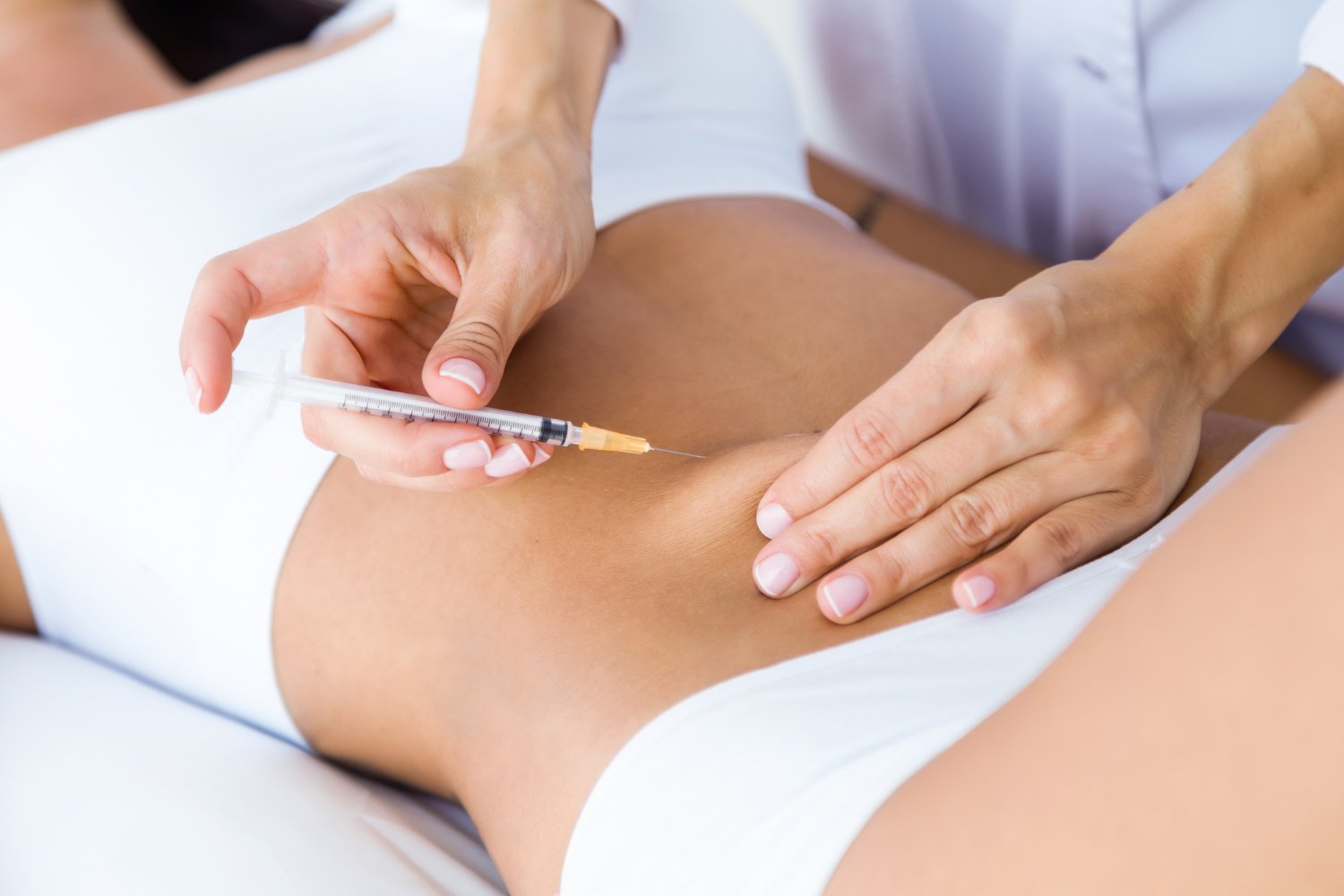Sometimes, regular body exercise or dieting is not enough to give us the body we dream of. Luckily, there are now several body sculpting procedures that can help deal with several parts of the body that we find unappealing. So, if you’re trying to put your body in shape and deal with body fat that won’t go away, then try body sculpting in Prescott Valley.
Here are some things you should know about body sculpting.
Types of Body Sculpting
There are both surgical and non-surgical procedures involved in body sculpting. Surgical procedures include liposuction and tummy tuck. Non-surgical procedures include the following:
- Cryolipolysis: This involves using extremely cold temperatures to break down fat cells.
- Injection lipolysis: This involves injecting deoxycholic acid into the body. The acid targets and kills off the fat cells.
- Laser lipolysis: This involves using a laser beam to destroy fat cells.
- Radiofrequency lipolysis: This involves using Ultrasound waves to destroy fat cells.
A healthcare provider can carry out most non-surgical body sculpting procedures under the supervision of a physician.
Before proceeding with any body sculpting procedure, it is important to know how to prepare for the best possible outcome before and after the procedure.
Preparing For a Surgical Body Sculpting
Before you start a body sculpting treatment, you would first consult with the healthcare provider to discuss your goals, current medications you’re on, including over-the-counter drugs and vitamins, your medical history, health conditions, previous surgeries, allergies, use of illegal drugs, alcohol or tobacco, etc.
After you’re done with this stage, the healthcare professional will proceed to examine and mark out the areas of your body you want to work on. They will also discuss what options are most suitable for you and make proper recommendations, review the risks associated with the options, and also discuss the use of anesthesia and post-surgical pain control.
If you decide to proceed with the procedure, you will be asked to sign a consent form. By signing, you imply that you fully understand the risks involved in the procedure and you’ve permitted the healthcare provider to perform the procedure.
Depending on the body sculpting procedure you choose, the healthcare provider may ask you to get a blood test or a physical examination and stop certain medications such as NSAIDs, aspirin, and herbal supplements.
What Happens After a Surgical Body Sculpting?
Most people who undergo surgical body sculpting usually return to their homes that same day. However, you can have someone drive you to your home and also keep you company for the night. A thin tube will be placed near the incisions to help drain out fluid and prevent swelling.
Usually, the healthcare team will post-surgical instructions to aid your recovery, such as how to care for the drains and change your bandages, what type of activities to engage in or avoid, and which medications to use for pain relief and also to prevent infection.
Recovery time can take from weeks to months, depending on the incisions made and the work done.
How to Prepare For Non-Surgical Body Sculpting
Consult Your Healthcare Provider
Body sculpting procedures are available for anyone; however, there can be limits for certain procedures based on some factors, such as Body Mass Index (BMI). So, consult with your healthcare provider to know if you’re fit for the procedure.
Discuss the number of treatments
Non-surgical body sculpting often requires more than one treatment in the procedure, unlike the surgical procedure. You should discuss with your healthcare provider the number of treatments that can deliver the desired result.
Plan For Pain Relief Medication
Although it is a non-surgical procedure, you may be likely to experience pain. So, you should be prepared to handle any pain that would come with the procedure. Ideally, you should discuss with your healthcare provider what to expect from the procedure. Before taking any non-prescribed medication, check with your healthcare provider.
Utilize Your Free Time
A single procedure may last for thirty minutes, while some may take a longer time. If you would be receiving treatment in multiple areas, it means you would have a lot of free time. You can decide to make the most out of your time by documenting your experience. You can use your laptop or diary to keep you engaged while you go ahead with the procedure.
How to Prepare The Day Before The Procedure
- Take enough water, at least two liters.
- Do not take any snack or meal two hours before the procedure
- Do not apply any lotion to your skin prior to the procedure.
- Remove any hair within the treatment area.
- Stay away from alcohol or caffeine the day before the procedure.
In conclusion, there are lesser risks involved in non-surgical body sculpting than in surgical methods. Usually, it takes less time to recover, and after the procedure, you’re free to go home and continue your normal activities without supervision.

